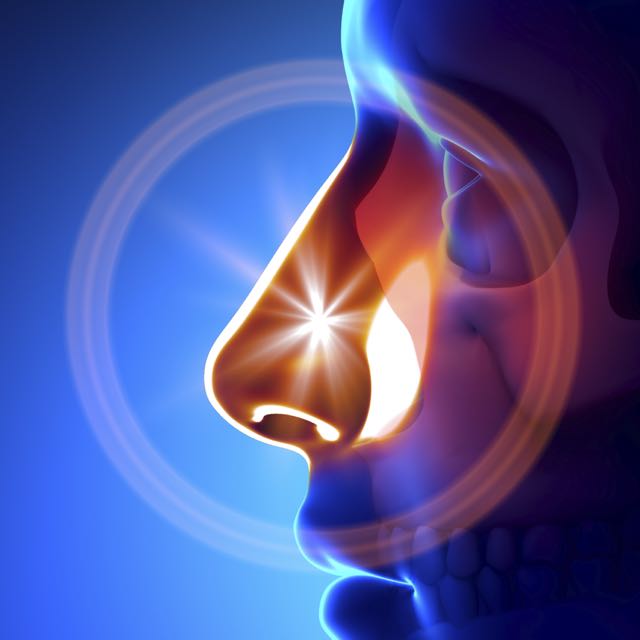A magazine where the digital world meets the real world.
On the web
- Home
- Browse by date
- Browse by topic
- Enter the maze
- Follow our blog
- Follow us on Twitter
- Resources for teachers
- Subscribe
In print
What is cs4fn?
- About us
- Contact us
- Partners
- Privacy and cookies
- Copyright and contributions
- Links to other fun sites
- Complete our questionnaire, give us feedback
Search:
Can you feel it?
by Jonathan Black, Queen Mary University of London

How's this for a scary experience: you're a new surgeon, about to perform your first operation. Your training till now has mostly involved watching other surgeons work, and maybe being allowed to do one or two small things to help out. That's it. Now you're in the spotlight, and there's a real person lying on the table in front of you. Hope your hands aren't shaking much.
Fortunately, training simulators are being used more and more to give medical students something to practise on. They're finally getting cheap and powerful enough to allow more medical schools to buy them. Many modern simulators can even make it feel like you're working on the real thing by giving you feedback through your sense of touch: haptics. The simulator gives back the same movement and resistance you might get if you were genuinely suctioning blood or drilling into bone.
One of the newest simulators, developed at Stanford University, goes one better. It doesn't just have you practise on a made-up, model patient: you can actually upload real patient data into the simulator and practise for a real surgery you're just about to do! The Stanford folks practise sinus surgery, so their simulator is a mannequin's head attached to a haptics system. The surgeon's job is to insert a small camera in a tube, called an endoscope, into the patient's nose. Based on how far the scope goes down the sinus cavity, the haptics system figures out the amount of resistance the student should feel. It won't be just for students though. Senior doctors might want to upload data from patients to practise for a particularly difficult surgery.


